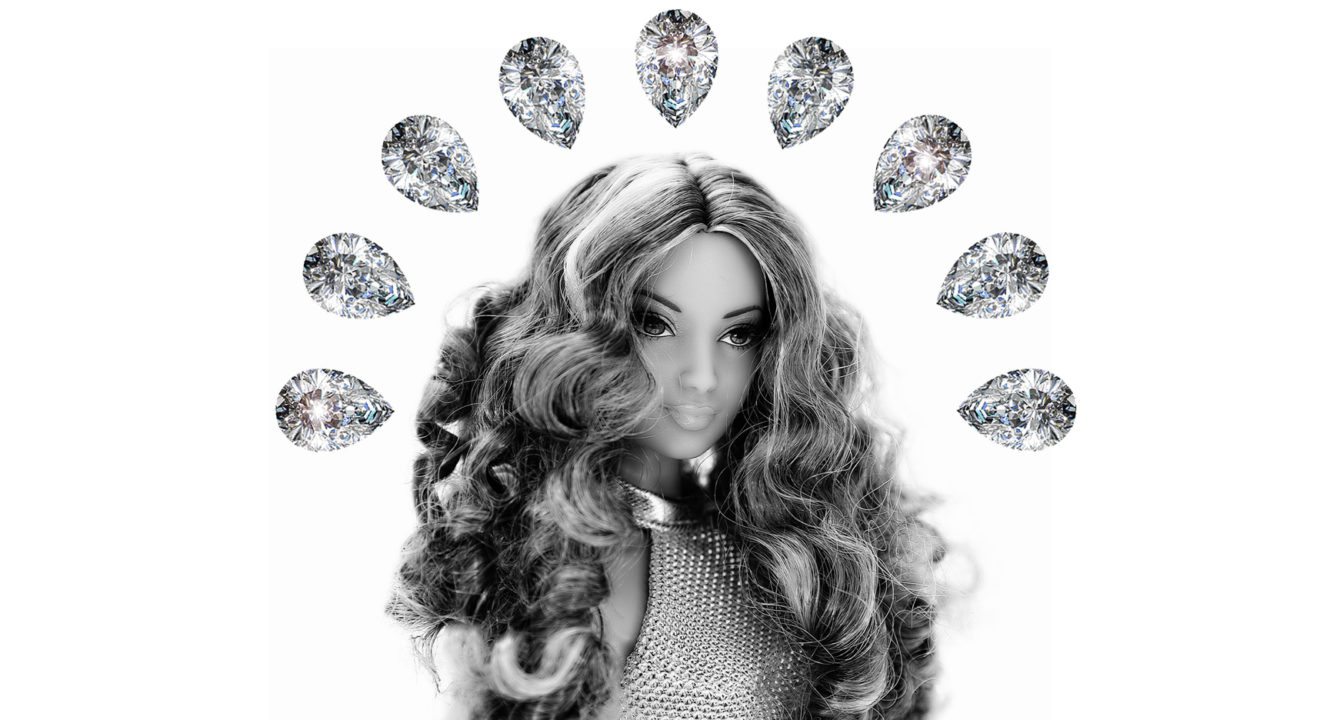Culture August 7, 2016


When you hear the word, “Barbie,” what comes to mind?
Maybe it’s afternoons spent dressing, decorating and narrating the life of your favorite childhood toy. Or maybe it’s how you always made fun of the chime, “I’m a Barbie girl, in a Barbie world!” trending at the time and constantly playing on TV. Whether you love Barbie or hate her, one fact is for sure: With the release of Barbie’s new diversity line, you and Barbie have more in common than ever before.
In January of 2016, Mattel Inc. announced an expansion of its Barbie line: according to the LA Times, dolls now come in seven skin tones, 22 eye colors and three body types (curvy, tall and petite). As Kerubo Anassi from the I’m Me Foundation explains, this change from the blue-eyed, stick-thin blonde Barbie reflects the melting pot America has become.
Just take a minute to consider a few facts from a 2015 U.S. Census Bureau report:
– Only 52 percent of women and men under 18 in America today identify as single race, non-Hispanic whites.
– By 2020, more than half of American children will be of a minority race or ethnic group.
– The U.S. population overall will become majority-minority by 2044. The minority population is expected to increase to 56 percent by 2060.
– By 2060, foreign-born men and women will compose 19 percent of the total U.S. population.
Not only do most American women not fit the traditional Barbie ideal (in terms of whiteness, hair color, eye color or physique), but Americans are also becoming even more physically and culturally diverse. Girls may grow up dreaming of looking like Taylor Swift, Blake Lively and Reese Witherspoon – but they might also idolize women with different ethnicities and body shapes. (Case in point: Kim Kardashian!)
Whether Barbie’s greater reflection of the diversity found in modern America will “boost the self esteem of all little girls” – like the I’m Me Foundation hopes – is still uncertain. But, at least at first glance, the theme song of living in “a Barbie world” has never rung truer.
You can find pictures of many of the newly released, diverse Barbies on Time magazine. You can also find pictures of dolls from the official Barbie website.